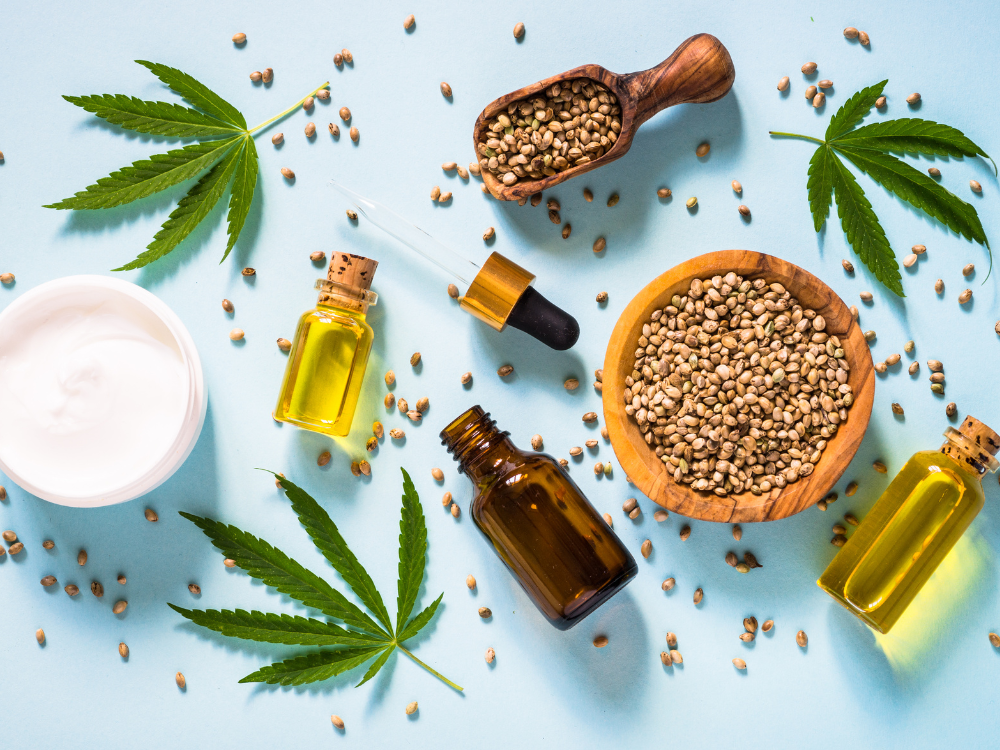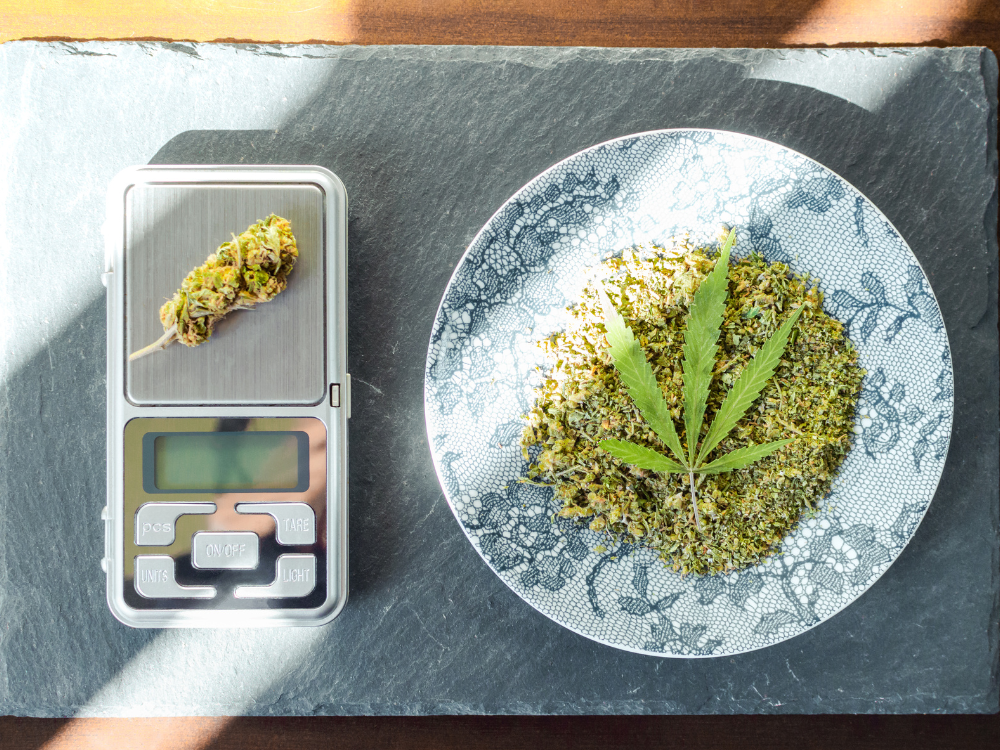Adding cannabis to your favorite recipes can be an exciting culinary challenge. It gives a unique twist to all kinds of dishes. Whether you are an experienced chef or just looking for new ways to experiment with food, cannabis is an ingredient you should try.
In this article, we share useful tips and tricks to incorporate cannabis into your meals safely and deliciously. From choosing the right strain to decarboxylation and dosing, we give you all the information you need to make your culinary adventures a success.

Choosing the Right Type of Cannabis
Before adding cannabis to your dishes, it is important to choose the right strain. The flavor, aroma, and effects of cannabis can vary greatly depending on the strain you use.
There are two main categories: Sativa and Indica, each with its own unique properties. Sativa strains often have an energetic and uplifting effect, which can work well in dishes you eat during the day.
Indica strains, on the other hand, usually have a relaxing and calming effect, ideal for evening meals or desserts.
Besides the effects, the terpene profile of the cannabis also plays a role. Terpenes are the aromatic compounds that determine the smell and taste of cannabis. Strains with citrus-like terpenes, for example, can go well with light, fresh dishes, while strains with earthy or spicy terpenes are better suited for savory meals. By choosing the right strain, you can enhance the flavor of your dishes and achieve the desired effects.
Decarboxylating Cannabis for Maximum Effect
Before you can add cannabis to your dishes, you need to decarboxylate it. Without this process, you will not get high. Decarboxylation is a process where the cannabis is activated by heating it. The inactive cannabinoids in the plant are converted into their active forms, such as THC and CBD, which produce the desired effects. Without this process, the cannabis in your dishes would have little effect.
Decarboxylation is simple and can be done at home.
The easiest way is in the oven:
- Preheat your oven to 110-115 degrees Celsius.
- Meanwhile, break or cut your cannabis into smaller pieces.
- Line the baking sheet with parchment paper.
- Spread the cannabis evenly over the baking sheet.
- Bake the cannabis for 30-40 minutes.
- In some ovens, it is wise to stir occasionally to ensure even heating.
The cannabis is ready when it looks golden brown and feels dry and crumbly. After cooling, your cannabis is ready to be used in your recipes. Grind it into a coarse powder using a grinder. You can then cook with it or turn it into a concentrate.
By following this process first, you ensure that your dishes not only taste delicious but also have the desired effects.
Making Cannabis Butter and Oil
Now that you have decarboxylated the cannabis, the next step is to make cannabis butter or oil. These are versatile base ingredients that you can use in all kinds of dishes, from sweet baked goods to savory meals. Cannabis butter and oil make it easy to evenly distribute the active ingredients throughout your dish.
To make cannabis butter, you will need the following ingredients:
- 250 grams of (salted) butter
- 300 ml of water
- 7-10 grams of decarboxylated cannabis
Melt the butter in the water in a pan over low heat and add the cannabis. Let the mixture simmer for at least 2-3 hours on very low heat, stirring occasionally. The longer, the better; some let it simmer for 8 hours… The water will evaporate due to the heat. Add about 50 to 100 ml of water every hour to prevent your mixture from drying out.
Make sure it does not boil, as this can break down the active substances. Strain the mixture through cheesecloth to remove the plant material. Pour it into a heat-resistant jar or tightly sealed container. Store your cannabis butter in the refrigerator.
For cannabis oil, use a similar method, but replace the butter with an oil of your choice, such as olive oil or coconut oil. You can then use this in salad dressings, baked goods, and more. With this base, you can easily and accurately add cannabis to your favorite dishes.
How Much Cannabis Do You Need in Recipes?

One of the most important aspects of cooking with cannabis is dosing correctly. The effects of cannabis can vary greatly depending on the potency and the person consuming it. Therefore, it is important to be careful with the amount you use.
Always start with a low dose, especially if you are new to cooking with cannabis or do not know the tolerance of your guests. A general guideline is to start with 1 to 2.5 milligrams of THC per serving for beginners. For those who are more experienced with cannabis, this can be increased to 5 to 10 milligrams per serving.
Keep in mind that it takes longer to feel the effects of edible cannabis. They also last longer than when you smoke or vaporize cannabis. It can take 1-2 hours before you start to feel the effects, and they can last 4-8 hours.
To dose accurately, divide the total amount of THC in, for example, your cannabis butter, over the number of servings of your dish. For example, if you make a batch of brownies with 100 milligrams of THC and cut them into 20 pieces, each piece will have about 5 milligrams of THC. By dosing carefully, you can enjoy a pleasant and controlled experience with cannabis in your kitchen.
Begin Your Culinary Cannabis Adventure in Haarlem
With these tips and techniques, you are ready to incorporate cannabis into your favorite dishes in a safe, effective, and tasty way.
For the best results, you want to use high-quality cannabis.
Visit Coffeeshop Takeaway in Haarlem for an excellent selection of premium cannabis products. With our advice and quality products, you are assured of a successful culinary creation. Happy cooking and enjoy!
